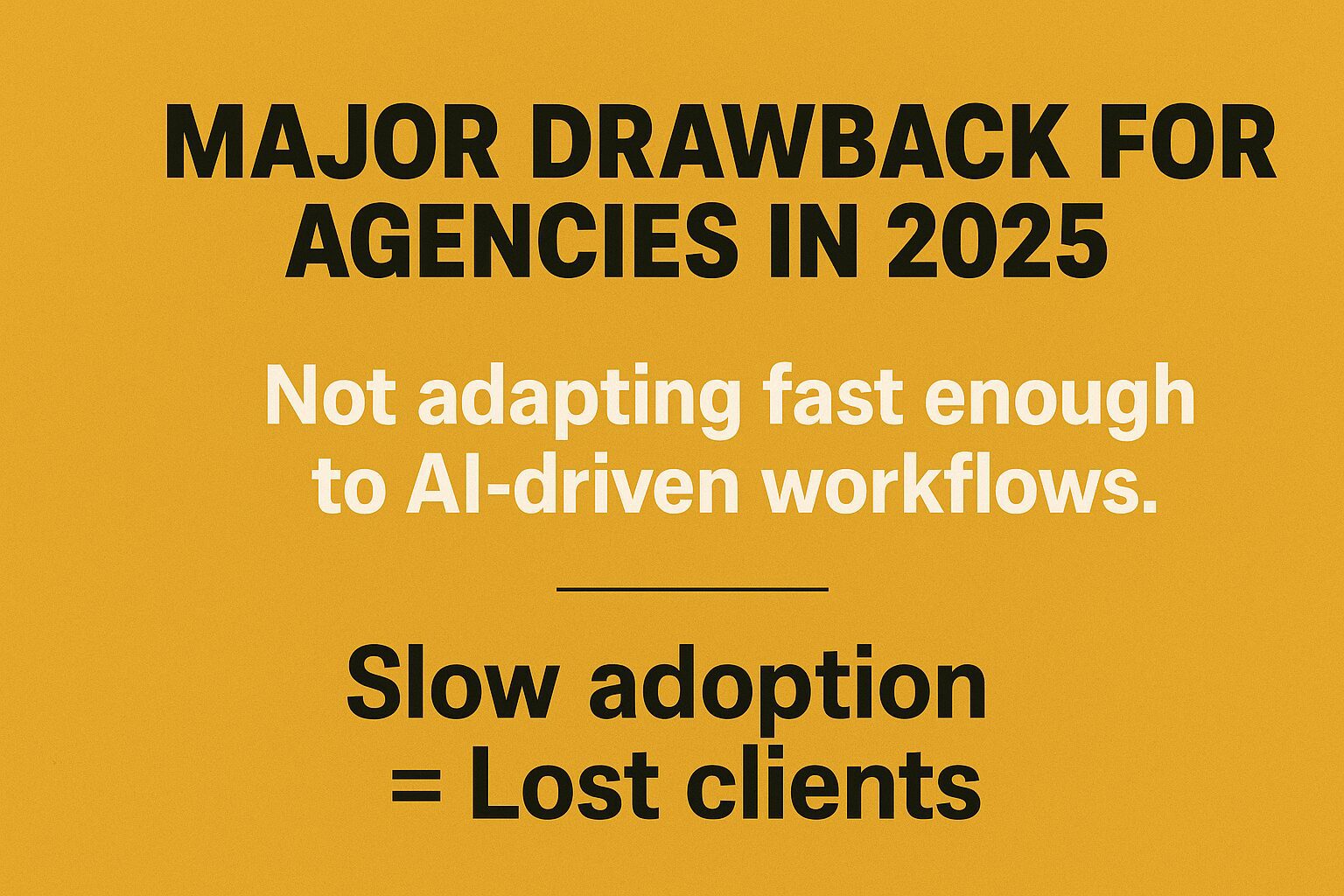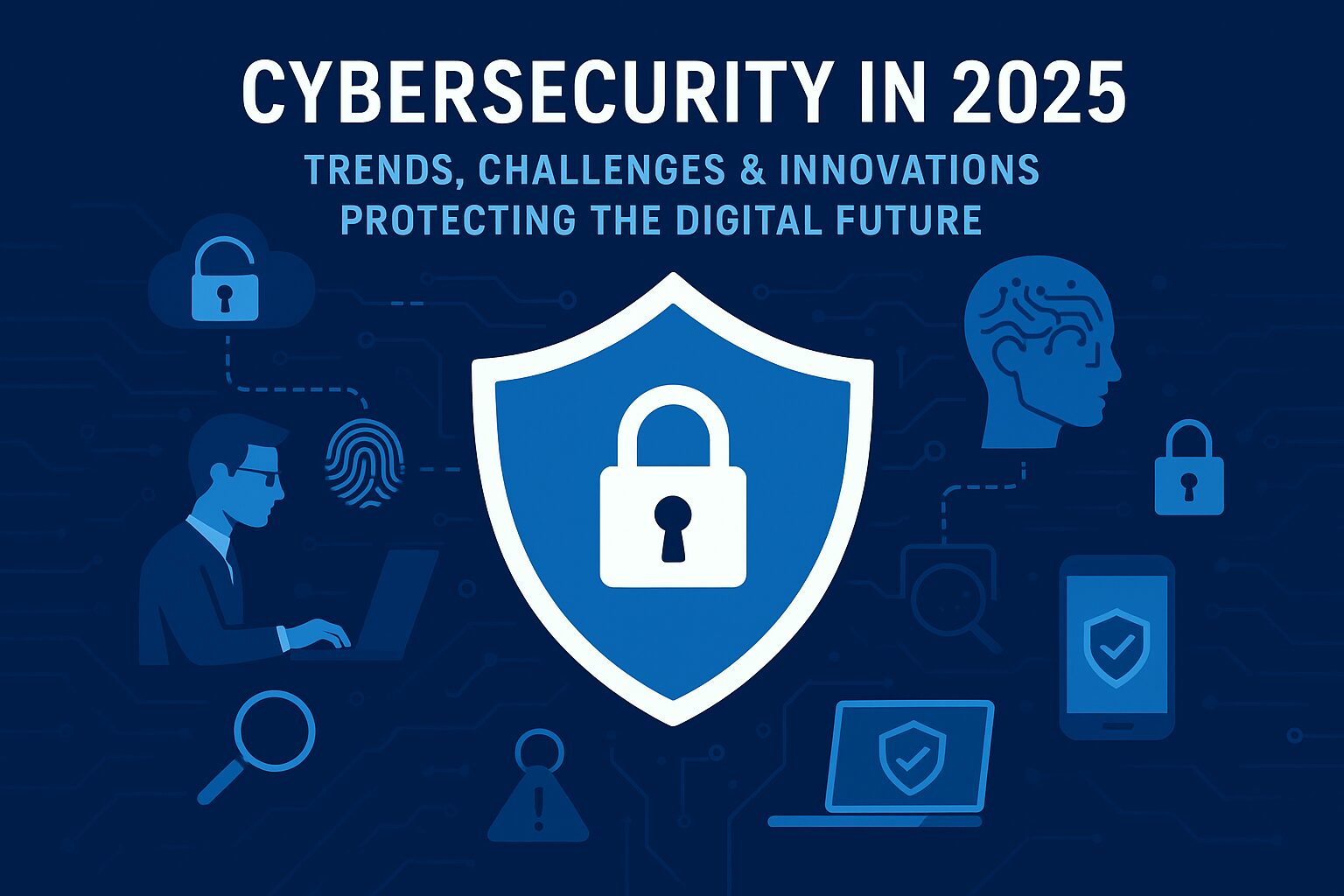In today’s digital-first world, the only constant is change — especially in technology. From artificial intelligence (AI) and automation to new project management tools and cybersecurity demands, the tech landscape evolves faster than ever. For organizations, the real challenge isn’t just keeping up with these changes — it’s ensuring their teams remain resilient, adaptable, and motivated in the face of continuous transformation.
Building resilience within teams is no longer optional; it’s essential. It determines whether your organization thrives amid disruption or falls behind. Let’s explore how to cultivate resilience in your teams and empower them to succeed in an age of rapid tech evolution.
1. Understanding the Role of Resilience in Tech-Driven Environments
Resilience isn’t about avoiding change — it’s about adapting to it effectively. In a tech-driven workplace, resilience means the ability to absorb challenges, learn new systems, and maintain productivity without burnout.
For IT teams, this could mean handling frequent software updates or learning emerging tools. For non-technical departments, it’s about integrating new technologies into daily workflows. The faster your teams can adapt without losing focus, the stronger your organization becomes.
A resilient team doesn’t fear new technology; they embrace it as an opportunity to grow, innovate, and lead.
2. Foster a Growth Mindset Across All Departments
Resilient teams begin with the right mindset. A growth mindset, as defined by psychologist Carol Dweck, is the belief that skills and intelligence can be developed through effort, learning, and feedback.
When employees believe they can improve, they’re more likely to embrace change positively. Encourage teams to see new tech as a chance to enhance their skills rather than a threat to their comfort zones.
Practical steps:
- Offer ongoing tech training and certification programs.
- Encourage cross-departmental learning — let marketing explore analytics tools or HR learn about automation.
- Celebrate small wins when team members successfully adapt to new systems.
This mindset transforms change from something to fear into something to look forward to.
3. Prioritize Transparent Communication During Transitions
One of the main causes of stress during tech change is uncertainty. Employees often worry about how new systems will affect their roles, workload, or job security. To build resilience, leaders must communicate clearly and consistently.
Best practices include:
- Announce changes early and explain why they’re happening.
- Provide timelines and expectations for adoption.
- Create open channels where employees can share feedback or ask questions.
When communication is transparent, teams feel included in the transformation rather than forced into it. That sense of trust directly fuels resilience.
4. Encourage Collaboration and Peer Support
Technology transitions are smoother when teams collaborate. Encourage peer learning, where employees who are more tech-savvy support others in mastering new tools. This not only enhances collective skills but also builds a stronger, more connected workforce.
Leaders can create “change champions” within each department — individuals trained to guide their peers through transitions. This approach reduces resistance and makes the learning process feel more personal and supportive.
Pro tip: Use platforms like Slack, Microsoft Teams, or Notion to create dedicated “Tech Transition Spaces” where employees can share tips, updates, and resources in real-time.
5. Balance Technology Adoption with Emotional Well-Being
It’s easy to focus solely on technical implementation and overlook the emotional impact of constant change. Employees facing back-to-back upgrades or shifting workflows can experience change fatigue — a silent productivity killer.
To counter this, leaders should promote well-being initiatives that support mental and emotional health. Encourage regular breaks, flexible work arrangements, and stress management programs.
Building resilience isn’t just about technical readiness; it’s about nurturing human endurance. A well-balanced team performs better and adapts faster.
6. Recognize and Reward Adaptability
Recognition is a powerful motivator. When team members go above and beyond to embrace new technology, acknowledge their efforts. Highlight success stories during meetings, give shout-outs in company newsletters, or offer small incentives.
By celebrating adaptability, you reinforce the value of resilience across the organization. Employees will be more likely to approach future tech changes with enthusiasm rather than hesitation.
7. Lead by Example
Resilient teams are built by resilient leaders. Leadership plays a crucial role in shaping how employees respond to technological change. When managers demonstrate optimism, flexibility, and a willingness to learn, it inspires the same in their teams.
Leaders should also be proactive in learning new systems themselves, showing that no one is above adaptation. This creates a culture where learning and growth are shared responsibilities rather than imposed expectations.
8. Implement Continuous Learning Systems
In fast-paced industries, resilience is directly linked to continuous learning. Create a system where learning is not a one-time event but an ongoing process.
Consider:
- Microlearning modules: Short, focused lessons for busy professionals.
- Monthly tech awareness sessions: Showcase new tools and trends.
- Personal development plans: Help employees set individual learning goals aligned with company growth.
This culture of continuous learning ensures your teams stay ready — not reactive — for future innovations.
9. Measure and Improve Team Resilience Over Time
Finally, resilience should be measurable. Conduct regular surveys to assess how employees feel about ongoing tech changes. Identify pain points and address them quickly.
Use metrics like adaptability scores, training completion rates, and post-implementation feedback to gauge success. Over time, this data will help refine your change management strategies and strengthen overall team resilience.
Conclusion: Turning Change Into Opportunity
The digital world will never stop evolving — and neither should your teams. Building resilience is about more than surviving change; it’s about transforming it into a driver of growth, creativity, and long-term success.
By fostering open communication, supporting continuous learning, and nurturing emotional well-being, organizations can help their teams not only keep pace with technology but lead the charge into the future.







